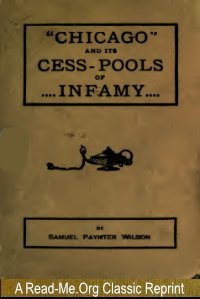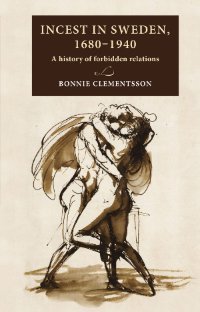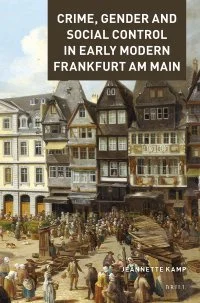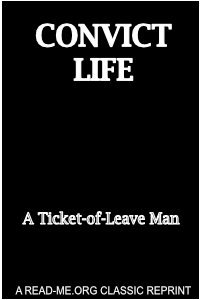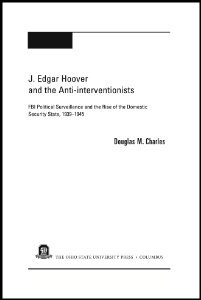By F.W. Maitland.
The English Citizen, His Rights and Responsibilities. “Written for the layman, it is far more than a traditional overview. By discussing justice and police together Maitland offers a stimulating definition of his subject as "those institutions and processes whereby the country's law is enforced" (Preface). "Maitland's study was characterized by an originality of approach, a freedom from academic pretension and a simplicity of style that made it a stimulating and suggestive discussion of the intricacies of criminal law administration in England during the 1st quarter of the nineteenth century.": Columbia Law Review 29:847 cited in Marke, A Catalogue of the Law Collection at New York University (1953) 190. Widely considered the father of legal history, Frederic William Maitland [1850-1906] was an English jurist and historian best known for the standard The History of English Law Before the Time of Edward I, 2 vols. (1895), written with Sir Frederick Pollock. He was educated at Eton and Cambridge and studied at Lincoln's Inn, London. Maitland was called to the bar in 1876, and practiced until 1884 when he became a reader in English law (1884) and professor (1888) at Cambridge. He founded the Selden Society in 1887. Hailed for his original outlook on history, his works profoundly influenced legal scholarship. An extraordinarily productive career was shortened by his death from tuberculosis at age 45.”
London: Macmillan, 1885. 176p.





